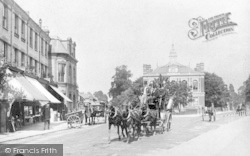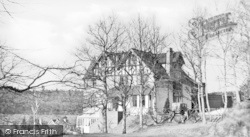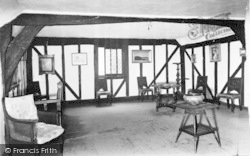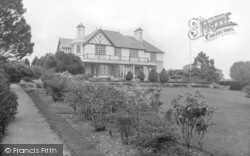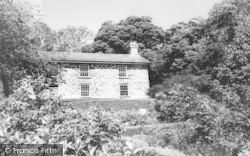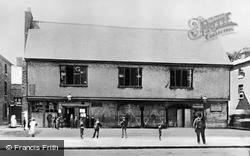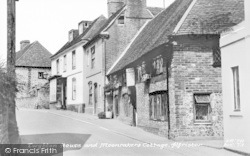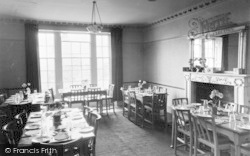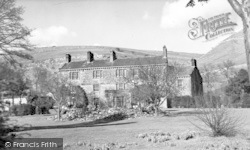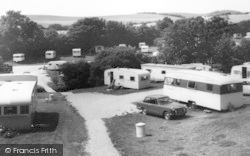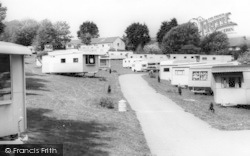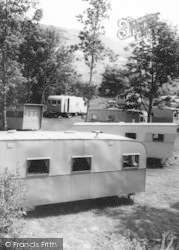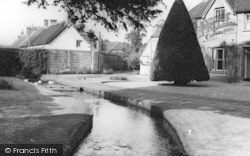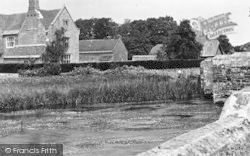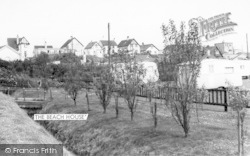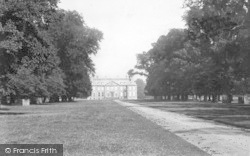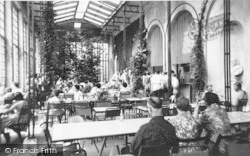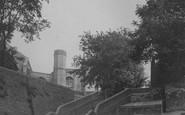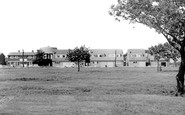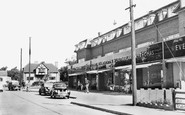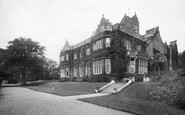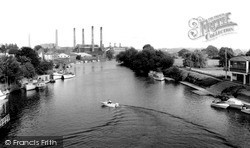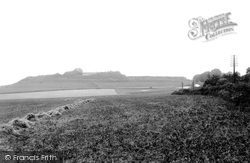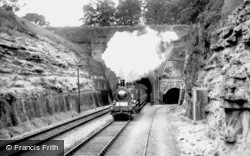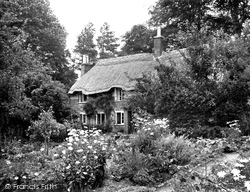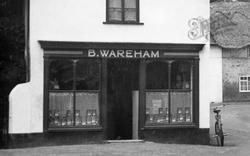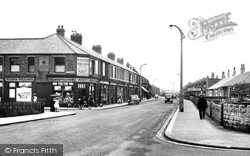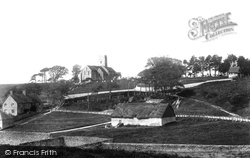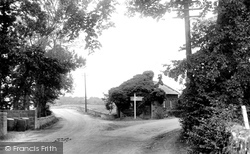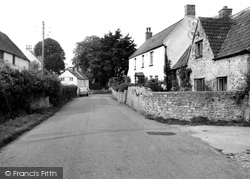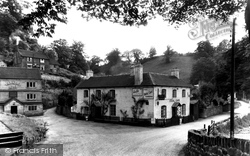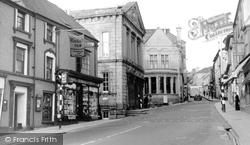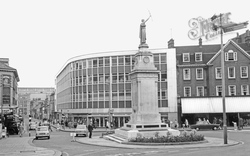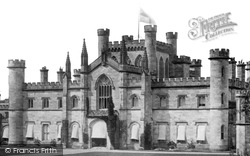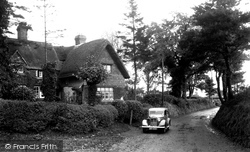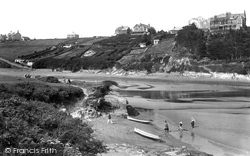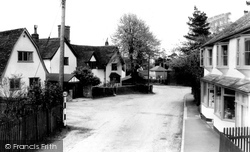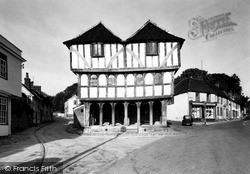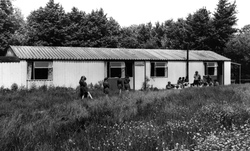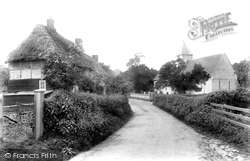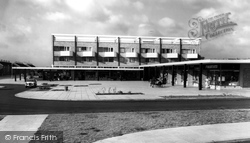Places
36 places found.
Those places high-lighted have photos. All locations may have maps, books and memories.
- Chatsworth House, Derbyshire
- Osborne House, Isle of Wight
- Brambletye House, Sussex
- Ickworth House, Suffolk
- Kingston Lacy House, Dorset
- Boscobel House, Shropshire
- Preshute House, Wiltshire
- Bolton Houses, Lancashire
- Brick Houses, Yorkshire
- Quaking Houses, Durham
- Water Houses, Yorkshire
- Bottom House, Staffordshire
- New House, Kent
- Mite Houses, Cumbria
- Lyneham House, Devon
- Church Houses, Yorkshire
- Dye House, Northumberland
- Spittal Houses, Yorkshire
- Street Houses, Yorkshire
- Tow House, Northumberland
- Halfway House, Shropshire
- Halfway Houses, Kent
- High Houses, Essex
- Flush House, Yorkshire
- White House, Suffolk
- Wood House, Lancashire
- Bank Houses, Lancashire
- Lower House, Cheshire
- Marsh Houses, Lancashire
- Chapel House, Lancashire
- Close House, Durham
- Guard House, Yorkshire
- Hundle Houses, Lincolnshire
- Hundred House, Powys
- Thorley Houses, Hertfordshire
- School House, Dorset
Photos
7,776 photos found. Showing results 2,301 to 2,320.
Maps
370 maps found.
Books
1 books found. Showing results 2,761 to 1.
Memories
10,360 memories found. Showing results 1,151 to 1,160.
Great Horton
Our family lived in Lidget Green, near the Great Horton railway station. I was born in 1949 near Bradford (Wakefield), and lived in Lidget Green from toddlerhood until we emigrated in 1960. The neighborhood provided many memories which ...Read more
A memory of Bradford in 1959 by
Moving Away
I was born in Redhill hospital in 1948 and lived in Shirley Avenue. I went to Downland School which was a stone cottage called Pound Cottage just before Stanley Close. There was Cherry Tree Cottage about 3 doors up, they used to sell ...Read more
A memory of Old Coulsdon by
My Family
My family were the Davises who lived in the Bear House, Trecastle. Most of the people in the area were related to us. We were originally of Gypsy desent and can be traced back many hundreds of years. We were also related to the Pike ...Read more
A memory of Trecastle by
A Ghost On Beccles Church Steps
My father, Stafford Brown, was a student at Beccles College during the First World War. He stayed with the Knights family of Puddingmoor. Mr Knights, who was a wherryman, told of a strange event that happened to him ...Read more
A memory of Beccles in 1910 by
Vague Memories
I lived in Tetney for about the first 5 years of my life. I vaguely remember going to school and walking a long way home. I can't remember the name of the road, but the house I lived in was called 'Mistletoe Cottage'. As far as I ...Read more
A memory of Tetney in 1940 by
Badger Hall, Thundersley, Essex Circa 1900
My Great Uncle and Aunt, Archibald “Arch” and Clara Meade, owned Badger Hall, Thundersley, around the turn of the 19th to 20th century. It was then described as having 22 acres of parkland and holding ...Read more
A memory of Thundersley by
Growing Up In Easebourne
I went to live in Cowdray House, aged 4, in 1951. My father worked in the accounts office in Easebourne village, and I attended Easebourne Primary School (Headmaster was Mr Bevan) along with Barbara Fisher, who also lived ...Read more
A memory of Easebourne in 1956 by
Central House Kemerton
My father Raymond John Price, known as John, was born in Central House on the 8th 0ctober 1918, his father was George Price and mother was Sophia Jane Price. My father was called up to served in the Royal Navy during the ...Read more
A memory of Kemerton in 1952 by
Broad Parade Shops
My parents bought a house in Willow Walk, which is on the right of the photographer, in August 1954. At that time there were no shops, no pavements, just muddy concrete roads. We were the first to occupy a house in the road, and ...Read more
A memory of Hockley in 1955 by
1962/63 Best Time Of My Childhood
I can't believe this, amazing even if the names are coincidence, I was at Warnham Court 1962-63, I can remember lots of names: Roy Riggs, with his 'German' dictionary. June Palmer. John Thorp, we ...Read more
A memory of Warnham Court School in 1962 by
Your search returned a large number of results. Please try to refine your search further.
Captions
6,977 captions found. Showing results 2,761 to 2,784.
The land has been built upon with an estate of new houses. Also in this area is the Sandy Lane Industrial Estate, near Hartlebury Common.
The Millers House seen here is all that remains of a much larger building; it is now almost invisible from the bridge downstream because the trees and riverside vegetation have grown so much.
Limestone from the excvavated tunnel was used for building houses in nearby Corsham.
The National Trust acquired the house and surroundings in 1948, and it is regularly open to the public.
Its old manor house was a temporary refuge for Charles I at the height of the Civil War, and the parish church stands on the site of an important Saxon monastery.
Before the area was opened up for coal mining Ashington was but a farm; it was the Ashington Coal Co who developed the town, building 300 houses for pitmen and their families.
Modern housing now occupies most of the area between the church and the photographer, and the rural aspect is much diminished.
In the days of horse-drawn coaches, this quiet lane would have seen considerable traffic.
The houses on the left are at Bishops Tawton; the riverside walk is still available for those who seek peace and solitude.
The right-hand house, converted from an old barn, bears the coat of arms of Christopher Kenn over the doorway. The other buildings in this photograph are 16th- and 17th-century in date.
When W H N Nithersdale wrote his book on the Highlands of Staffordshire, he was impressed by the number of public houses in the village, all of which did a roaring trade during the summer months and at
York's first fire engine was housed in the west chapel, which was known as Langton's Chantry. The headless ghost of Thomas Percy, executed for treason, is said to wander this dark quiet church.
On the left, just down from the bank, is the Guildhall, which was built in 1839 on the site of the old market house.
We can see that the 1960s have arrived with this modern shop and office block, which is housing an enlarged Boots the Chemist.
This is not so much a castle, more a country house, built for the first Earl of Lonsdale by Sir Robert Smirke in 1806-11.
These cottages are now called Marloes and Gable House.
The riverside path on the left has now been metalled, and houses have been built to the left, but little else has changed.
Houses have been built at Pentire on prime sites overlooking the Gannel.
The house in the centre, Cabbaches, proclaims the date 1390 on a plaque near its front door.
The Guildhall`s roof caught alight, and several houses in Fishmarket Street (left) were destroyed and never rebuilt. Fishmarket Street was Thaxted`s medieval market place.
This hut's name, Jubilee House, dates it to about 1935, the Jubilee of George V.
The house on the left is the residence of the headmaster of the adjoining school, opposite the church.
In the distance, glimpsed on the right on the corner of King Street, is the former forge, now a private house. Opposite, the Oast Garage opened in the mid 1950s.
Like many other estates in Corby, Beanfield was provided with a neighbourhood shopping centre and an adjacent public house in the centre of the estate.
Places (80)
Photos (7776)
Memories (10360)
Books (1)
Maps (370)




